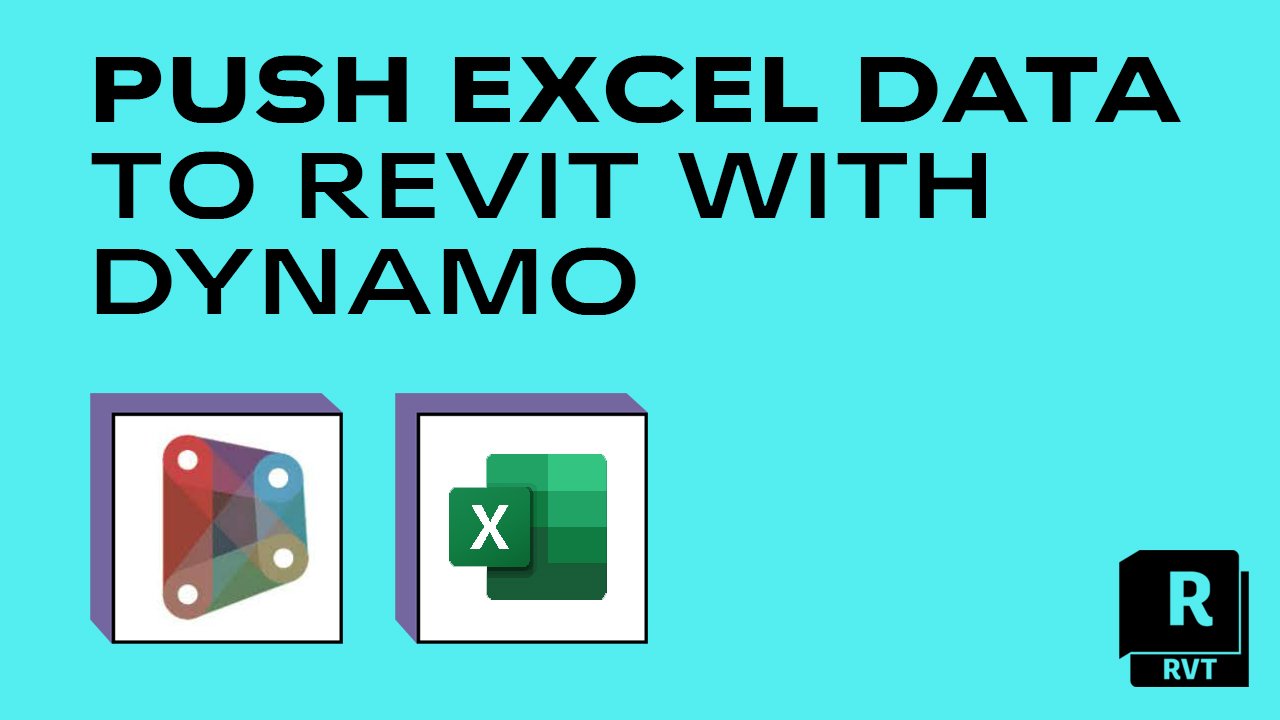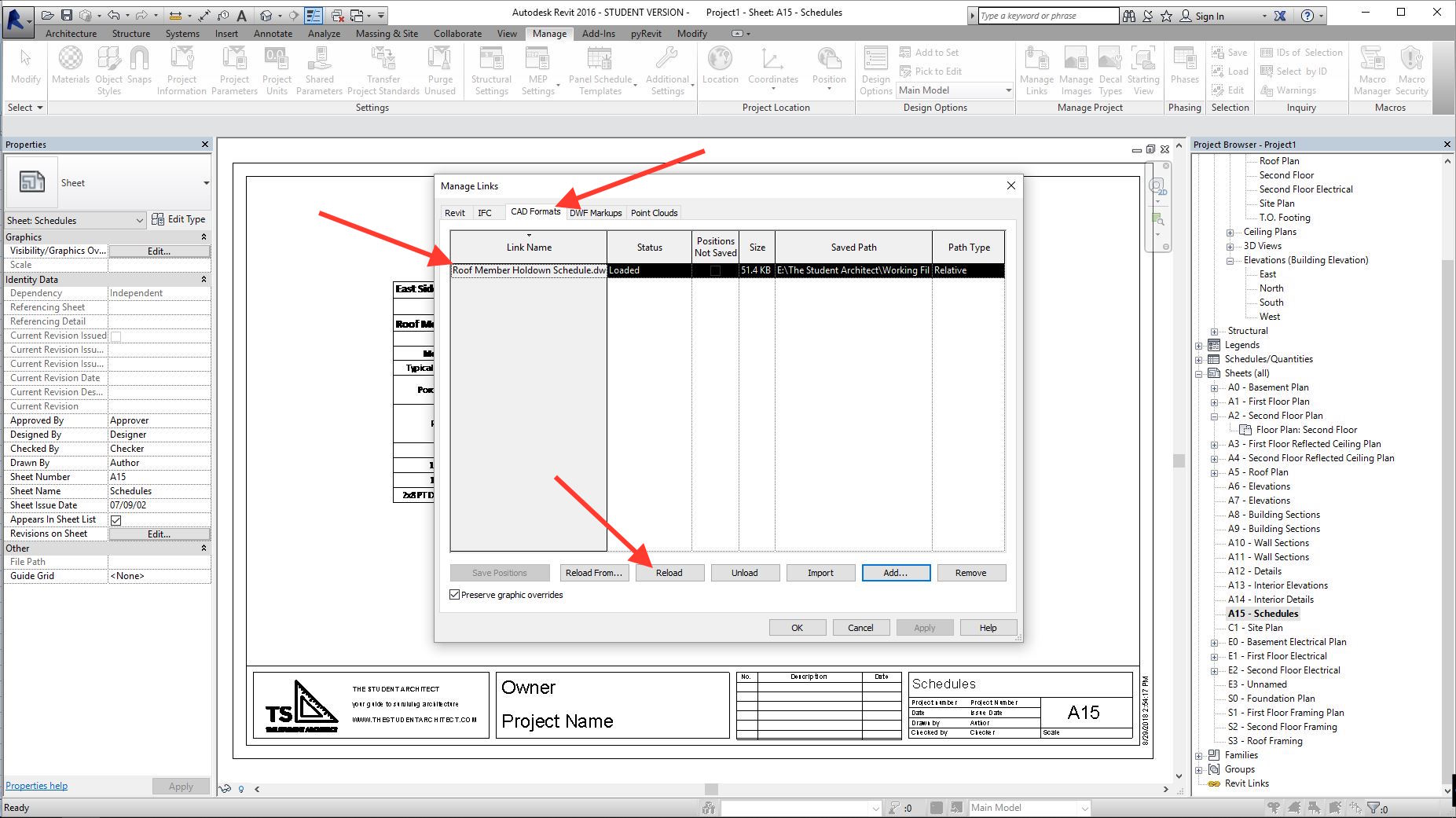Revit Tool to Equip Your Structure Information Modeling
Wiki Article
Mastering the Art of Data Assimilation: Just How to Seamlessly Import Excel Files Into Revit
In this write-up, we will certainly guide you through the process of mastering the art of data integration. Get ready to prepare your Excel data easily and follow our detailed overview to import documents right into Revit. With our ideal techniques, you'll attain information combination success in no time.Comprehending the Significance of Data Integration in Revit
Understanding the importance of data assimilation in Revit is essential for seamless importing of Excel documents. When you incorporate information from Excel into Revit, it enables you to efficiently update and take care of info throughout the entire task. This integration ensures that your layout and building and construction process is up-to-date and exact.By incorporating information, you can conveniently import and update parameters, timetables, and also geometry in Revit. This gets rid of the need for hand-operated information entry, conserving you time and minimizing the risk of errors. With Revit's information integration capacities, you can preserve uniformity and accuracy in your project, while likewise improving cooperation among group members.

Exploring the Excel File Format for Revit Assimilation

In order to effectively incorporate Excel documents into Revit, it is crucial to make sure that the information is formatted correctly. This includes correctly classifying columns and rows, as well as structuring the data in a manner that works with Revit's data schema. Revit utilizes specific parameters and categories to arrange data, so it is necessary to straighten the Excel data with these specifications to make certain a seamless integration.
In addition, it is important to keep in mind that Revit only sustains certain data kinds when importing from Excel. These consist of text, numbers, and dates. Any kind of various other data types, such as solutions or conditional format, will not be recognized by Revit and may trigger concerns throughout the integration procedure.
Preparing Your Excel Information for Seamless Import Into Revit
To make sure a smooth combination process, you'll require to correctly layout and label the columns and rows in your Excel data before importing it into Revit. Start by examining your Excel data and identifying which columns and rows include appropriate info for your Revit job.Next, make sure that the information in each column is appropriately formatted. If you have a column for dimensions, make sure that all measurements are continually formatted in the very same devices of dimension. Revit relies upon consistent formatting to accurately analyze and import information.
Furthermore, it is essential to look for any vacant cells or incongruities in your information. Revit may not be able to read or import information from cells that are empty or include errors. It is advised to review your Excel data and cleanse up any kind of inconsistencies before importing it right into Revit.
Step-By-Step Overview to Importing Excel Files Into Revit
When you've effectively formatted and labeled your Excel data, you can easily import it into Revit by following this detailed overview. To start, open Revit and browse to the "Insert" tab. Click "Import CAD" and select "Import Excel" from the dropdown menu. A new window will appear, asking you to locate the Excel data you wish to import. Search your computer and choose the Excel file, after that click "Open."Following, a dialog box will appear, permitting you to personalize the import settings. Below, you can choose the worksheet you wish to import, define the variety of cells to import, and pick the appropriate systems for your information. Once you've made your options, click "OK" to continue.
Revit will certainly currently show a preview of your Excel information. Take a moment to review the preview and ensure that everything looks appropriate. If required, you can make changes to the import settings by clicking on the "Setups" button.
Ideal Practices for Data Assimilation Success in Revit
Ensure you comply with these ideal practices to guarantee successful combination of information in Revit. It is critical to arrange your information in Excel before importing it into Revit. This implies making sure regular calling conventions, correct format, and exact information depiction. Next off, make usage of Revit's integrated devices for information mapping. This will certainly permit you to match the columns in your Excel documents with the equivalent criteria in Revit. Bear in mind the information and devices kinds when mapping the information, as any type of inconsistencies can cause mistakes in the combination process.One more essential practice is to routinely validate and upgrade your data. As your project proceeds, it is important to keep your Excel file approximately date with any adjustments made in Revit. This will certainly help keep the accuracy and consistency of your information across both systems. Furthermore, utilize information validation devices within Revit to determine any mistakes or disparities in the incorporated data.
Finally, it is advised to establish a clear operations for data assimilation. This includes specifying roles and obligations, establishing a communication channel in between team members, and developing a regular tempo for information updates and reviews. By complying with these best methods, you can make certain a effective and smooth integration of data in Revit, inevitably improving the effectiveness and precision of your task.
Conclusion
To conclude, understanding the art of data integration is vital for smooth import of Excel files into Revit. Comprehending the value of information assimilation in Revit is the first step towards successful integration. Discovering the Excel data layout for Revit combination helps in understanding the constraints and demands. Preparing the Excel data effectively and complying with a detailed guide is essential for a smooth import procedure. By following finest practices, you can make certain data assimilation success in Revit and make the most out of your task.When importing data from Excel into Revit, it is important to recognize the documents style and exactly how it can affect the integration revit tools procedure (revit plugins). Revit uses details criteria and classifications to organize data, so it is vital to line up the Excel data with these parameters to make certain a smooth integration
Be mindful of the devices and data types when mapping the information, as any kind of inconsistencies can lead to errors in the assimilation process.
In addition, make usage of data recognition tools within Revit to recognize any type of errors or incongruities in the integrated data.

Report this wiki page